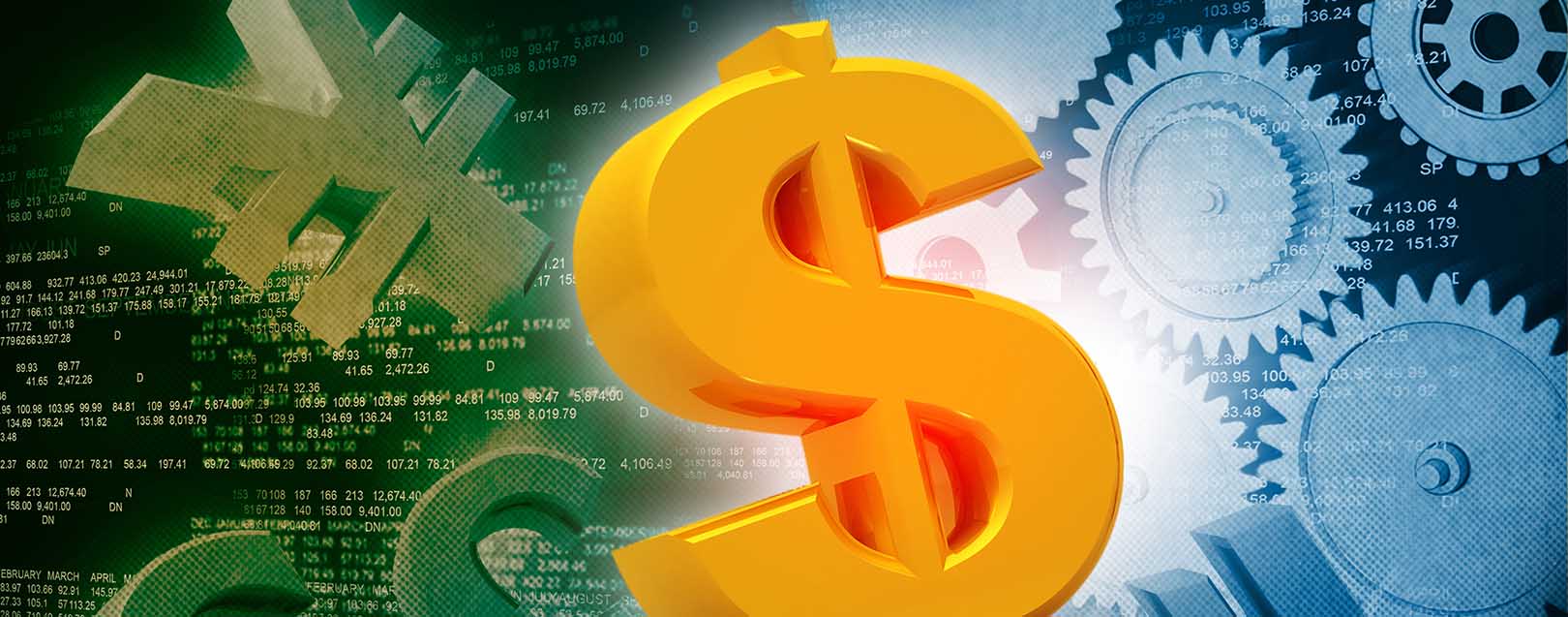
The mega-trade bloc accounts for 40% of global GDP
Manish K. Pandey | December 2015 Issue | The Dollar Business
The Trans-Pacific Partnership (TPP) was finally agreed upon by the member countries last month after more than five years of discussions. Arriving at the accord was no mean feat given the diverse and competing interests of a dozen of nations: United States (US), Canada, Japan, Australia, New Zealand, Brunei, Mexico, Peru, Chile, Singapore, Malaysia and Vietnam. The mega-trade bloc accounts for 40% of global GDP representing a population of 800 million and about 25% of global merchandise trade. Not to say, it will be one of the largest multilateral trade agreements in history if it comes into effect (the trade pact still needs to be ratified by the member nations), the chances of which are really high!
On the face of it, the pact has been about eliminating trade barriers and fostering greater trade and cooperation amongst the members. However, there is more to it than meets the eye! It’s about United States seeking more influence in the Asia-Pacific region and, of course, its desperation toward re-writing the rules of global trade sans China.
Well, this was bound to happen. How else would you have expected Uncle Sam to counter the growing dominance of the Dragon that has already concluded free trade agreements with Australia and South Korea and is now pushing for a broader Asia-trade pact – Regional Comprehensive Economic Partnership (RCEP; an accord which, once implemented, is slated to be the largest free trade bloc in the world (accounting for nearly 50% of the world’s population, over 30% of the world’s GDP and a similar share in global trade)? And the one which involves 16 economies, all at different stages of development and having varied requirements?
It’s no secret that TPP is an economic warhead from US targeted at rebalancing the geopolitics in its favour in Asia. And since India has an important say in Asia and is not part of the TPP, it is quite obvious that the mega-pact will impact her hard, both on the policy side as well as on trade front. In fact, India’s exports, both merchandise and services, are going to take a big hit! The reason is simple. While US is India’s biggest trade market constituting about 13% of its total merchandise exports, the other 11 members of the mega bloc collectively account for about 11% of India’s total merchandise exports. That’s a total of about 24% of India’s annual merchandise exports or about $75 billion! Further, a large portion of India’s exports to these countries are in services. With reduction in barriers to services’ trade among members, probability is high that a large portion of India’s services exports to TPP countries will be replaced with services trade from Asian members within the bloc. To what extent? Well, the full-blown impact of the mega trade pact in India can only be felt by 2020!
TPP is all about United States seeking more influence in the Asia-Pacific region and, of course, its desperation toward re-writing the rules of global trade sans China.
Think tanks and policy experts, across the globe, claim that India’s annual export losses can be to the tune of $50 billion if India doesn’t take preventive measures. And what would they be? India either becomes a part of TPP (which looks a little difficult since the standards set by TPP are too high for India) or join forums like Asia-Pacific Economic Cooperation (APEC) and RCEP, both of which have China as an important (rather dominant!) member.
Considering this, India is on a tricky terrain. While on one hand joining RCEP or APEC is crucial for India as it’s not part of the other two ongoing mega regional trade negotiations – Transatlantic Trade and Investment Partnership (TTIP) and The Trans-Pacific Partnership (TPP; both of which are led by US], joining them would mean Chinese rivals posing a big threat to Indian manufacturers. So, is there a way out? There certainly is! It all depends on how willing India is to take the good with the bad!
Get the latest resources, news and more...
By clicking "sign up" you agree to receive emails from The Dollar Business and accept our web terms of use and privacy and cookie policy.
Copyright @2026 The Dollar Business. All rights reserved.
Your Cookie Controls: This site uses cookies to improve user experience, and may offer tailored advertising and enable social media sharing. Wherever needed by applicable law, we will obtain your consent before we place any cookies on your device that are not strictly necessary for the functioning of our website. By clicking "Accept All Cookies", you agree to our use of cookies and acknowledge that you have read this website's updated Terms & Conditions, Disclaimer, Privacy and other policies, and agree to all of them.

